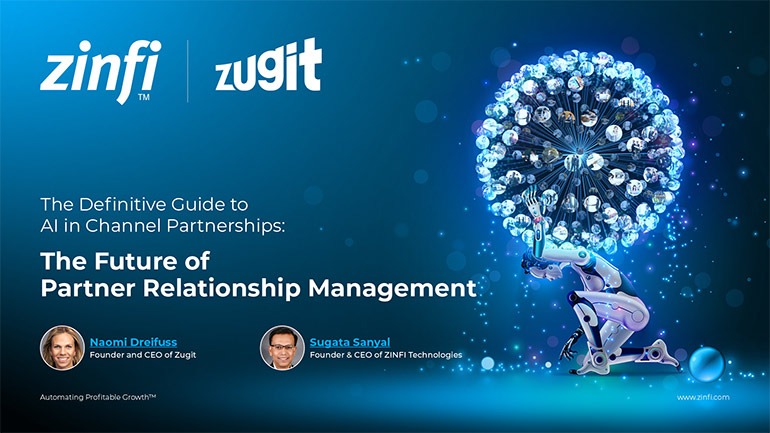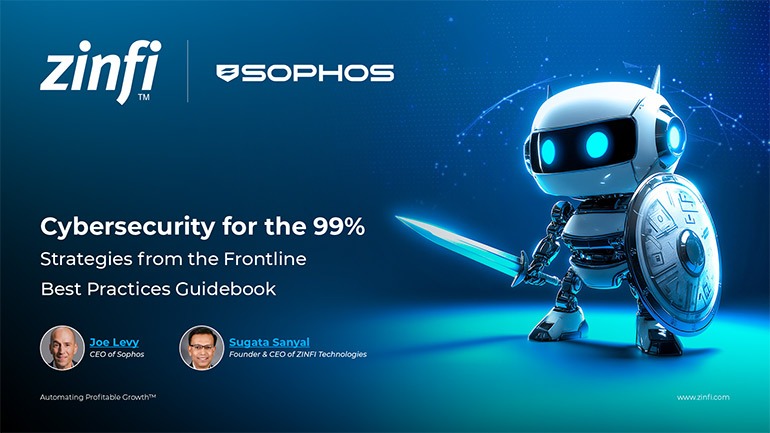Glossary - How to - Partner Management Tool
How to Select the Best Partner Management Tool?
Introduction
What is a Partner Management Tool?
A partner management tool is a software platform designed to help organizations manage relationships with their external partners, such as resellers, distributors, affiliates, and strategic alliances. These tools provide centralized portals for onboarding, training, communication, marketing, sales tracking, and performance management.
A partner management tool plays a pivotal role by streamlining collaboration, enhancing partner engagement, and ultimately driving business growth. Companies relying on indirect sales channels often use these platforms to scale their operations efficiently while ensuring consistent partner experiences.
Partner Management Automation and PRM
A partner management tool becomes even more powerful when tied to Partner Relationship Management (PRM) automation. It automates repetitive tasks like partner onboarding, deal registration, lead distribution, and MDF (Market Development Fund) management, which enables organizations to nurture and grow their partner ecosystems. For enterprises that have adopted PRM systems like ZINFI’s Unified Channel Management, automating partner engagement can lead to reduced overhead, faster time-to-revenue, and higher partner satisfaction.
Key Takeaways:
Understand Your Partner Ecosystem’s Needs:
Before choosing a tool, assess the complexity and size of your partner ecosystem.
Key points to consider:
- Are you managing resellers, distributors, or technology partners?
- What is the average partner lifecycle from onboarding to active selling?
- How sophisticated are your partners in using technology platforms?
Tools like ZINFI’s PRM platform offer modular capabilities, allowing customization based on partner types and engagement strategies.
Prioritize Automation Capabilities:
Automation is a game-changer for partner management. Look for tools that automate:
- Onboarding workflows
- Certification and training programs
- Marketing campaigns (through-partner marketing automation)
- Lead management and deal registration
Automation ensures partners receive consistent communication and support, improving engagement rates and sales performance.
Ensure Seamless Integration with Your Tech Stack:
A standalone partner management tool is less effective if it doesn’t integrate with your existing CRM (like Salesforce or HubSpot), ERP, and marketing automation platforms (like Marketo or Pardot). Critical integrations include:
- CRM sync: Share partner data between systems automatically.
- Marketing automation linkage: Enable joint campaigns with measurable ROI.
- Finance system tie-in: Automate commission and incentive tracking.
Focus on User Experience (UX):
If your partner portal is confusing or difficult to use, partners will abandon it.
Key UX features:
- Mobile-responsive design
- Customizable dashboards for different partner types
- Easy-to-navigate resource libraries
- Intuitive reporting and analytics tools
ZINFI emphasizes ease of use with its drag-and-drop portal builders and user-centric designs that reduce friction at every stage.
Measure and Optimize Partner Performance:
A good partner management tool will provide robust analytics and reporting. Essential KPIs to track include:
- Active vs inactive partners
- Certification completion rates
- Lead-to-close rates
- Revenue contribution by partner tier
Built-in reporting and BI dashboards, like those in ZINFI’s platform, help channel managers make data-driven decisions and continuously refine partner programs.
Summary of Key Takeaways:
Choosing the right partner management tool means finding a solution that fits your ecosystem’s needs, automates critical processes, integrates with your existing tech stack, offers stellar UX, and provides actionable insights. Strategic deployment of such a tool can dramatically accelerate the success of your partner programs.
Key Examples:
- Automotive Manufacturing: Automotive companies manage a network of dealerships and service providers. A partner management tool helps automate dealer onboarding, training certification, service promotions, and warranty claims tracking, ensuring a cohesive brand experience.
- Consumer Electronics: Brands selling gadgets through retail and e-commerce partners can use partner management tools to launch product campaigns quickly, provide co-branded marketing assets, and track sales performance at a granular level.
- Energy Production: Energy companies often rely on contractors and distributors. A partner management tool facilitates safe onboarding (including compliance checks), enables better communication, and ensures quick updates about regulatory changes.
- Financial Services: Banks and insurance companies collaborate with brokers and agents. Using a partner management tool, they can track agent licensing, provide training, launch co-marketing programs, and track customer acquisition through each partner channel.
- Food and Beverage: Franchise operations in the food and beverage industry require standardized training and compliance documentation. Partner management tools ensure all franchisees meet brand standards and participate in promotional activities.
- Healthcare Services: Healthcare providers use partner management tools to coordinate with clinics, research organizations, and pharmaceutical suppliers, ensuring quick data sharing, HIPAA compliance, and smooth program launches.
- Information Technology: IT vendors rely on resellers, integrators, and service providers. Partner management platforms centralize certification programs, MDF management, and joint marketing, dramatically improving time-to-market for tech products.
- Pharmaceutical Development: Pharma companies partner with research institutions and distribution companies. A partner management system ensures the efficient management of clinical trial programs, regulatory compliance, and global product launches.
- Retail Industry: Retail brands working with store networks, wholesalers, and e-commerce marketplaces use partner management tools to deliver marketing materials, provide product training, and optimize sales campaigns.
- Telecommunications: Telecom providers manage vast partner networks comprising resellers, installers, and repair technicians. Partner management systems automate credential validation, commission payments, and service order management.
Conclusion:
Choosing the right partner management tool is critical for driving growth, maintaining partner engagement, and scaling your business effectively.
A robust partner management platform ensures stakeholders are aligned and moving toward shared success from onboarding to training, co-marketing to deal registration, and performance analytics to incentive management.
By focusing on features like automation, integrations, UX, and analytics, and selecting a system designed to grow with your organization, like ZINFI’s Unified Channel Management, businesses can significantly enhance the efficiency and effectiveness of their partner programs.
Implementing the right partner management tool isn’t just a tactical choice—it’s a strategic investment in the future of your partner ecosystem.
Associated Keywords:















